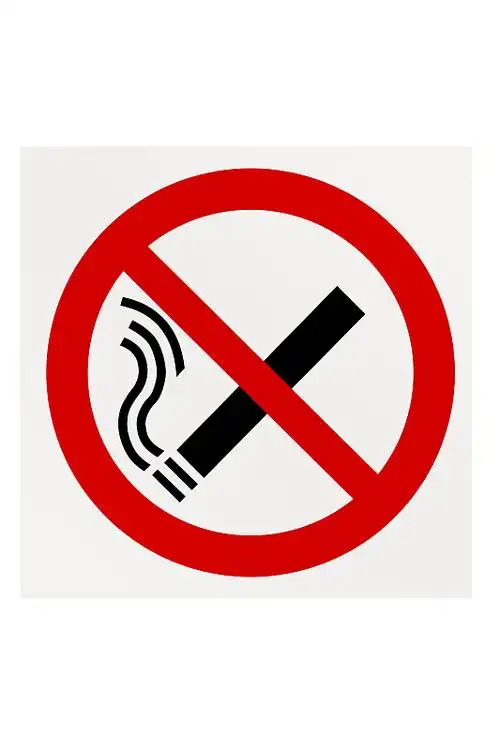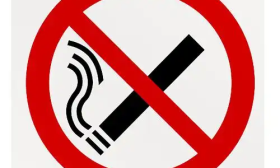Unlocking the Perfect Hit: Your Guide to Choosing Vape Battery Voltage
Stepping into the world of vaping can feel like learning a new language. You've got your mod, your tank, and your e-liquid, but one of the most crucial settings often remains a mystery: the battery voltage. It's the invisible hand that shapes your entire experience, from the density of the cloud to the intensity of the flavor. Choosing the wrong setting can lead to a burnt taste, weak vapor, or a battery that drains faster than you can say "sub-ohm." But fear not! This guide is designed to demystify vape battery voltage, walking you through everything you need to know to find your personal sweet spot.

Let's start with the absolute basics. What is voltage, and why does it matter? In simple terms, voltage is the pressure from your battery that pushes electrical energy to your coil. Think of it like a water hose. The water is the electricity, and the voltage is the water pressure. Low pressure gives you a gentle trickle; high pressure gives you a powerful spray.
In your vape device, this "spray" of electricity heats the coil, which then vaporizes your e-liquid. The amount of power (measured in watts) delivered to the coil is a direct result of the voltage and the coil's resistance (measured in ohms). This relationship is defined by Ohm's Law, but you don't need to be a physicist to understand its practical implications. The key takeaway is that by adjusting your voltage, you are directly controlling the heat and power applied to your coil.
Understanding Your Device: The Trinity of Power
Before you can choose your voltage, you need to understand what kind of device you're using. They generally fall into three categories:
-
Fixed Voltage Batteries: These are typically small, pen-style, or pod systems. They offer a single, non-adjustable voltage output. They are incredibly simple to use—just press the button and inhale. The downside is a lack of customization. The experience is what it is, and if it's not quite right, you can't tweak it.
-
Variable Voltage (VV) Batteries: This is where customization begins. A variable voltage mod allows you to adjust the output voltage, usually within a range like 3.0V to 4.8V. This gives you direct control over the heat of your vapor. Turning the voltage up makes the vapor warmer and more intense; turning it down makes it cooler and smoother.
-
Variable Wattage (VW) Batteries: This is the most common type of advanced mod today. While it might seem confusing, variable wattage is actually a more user-friendly version of variable voltage. When you set a wattage, the device's chipset automatically calculates and applies the correct voltage based on the resistance of your coil. This provides a more consistent experience, especially when you change between coils with different resistances.
For the purpose of this guide, when we talk about "choosing voltage," we're focusing on the principles that apply to both Variable Voltage and Variable Wattage devices, as the core goal is the same: controlling the power to your coil.
The Coil Connection: Why Resistance is Your Best Friend
You cannot talk about voltage without discussing your coil's resistance. The coil is the heating element, and its resistance (in ohms) determines how much electrical current it allows to pass through. This creates a fundamental partnership:
- High Resistance Coils (Above 1.0 ohm): These coils are typically used for Mouth-to-Lung (MTL) vaping, which mimics the draw of a traditional cigarette. They are made of thinner wire and have less mass, meaning they heat up quickly and don't require a lot of power.
- Low Resistance Coils (Below 1.0 ohm, "Sub-Ohm"): These coils are made of thicker wire or complex mesh and have more mass. They are designed for Direct-Lung (DL) vaping, producing massive clouds of vapor. They require significantly more power to heat up effectively.
This relationship is the cornerstone of choosing your voltage. Pushing high voltage through a high-resistance coil will quickly burn it out. Conversely, using low voltage on a massive sub-ohm coil will result in weak, underwhelming vapor.
Finding Your Voltage Sweet Spot: A Step-by-Step Process
So, how do you actually find the right setting? Let's break it down into a simple, actionable process.
Step 1: Start Low and Go Slow This is the golden rule of vaping, especially with a new coil. Whether you're on a VV or VW device, always start at the lowest recommended setting. If you don't have a recommendation, a safe starting point for voltage is around 3.3V. For wattage, check the side of your coil—it will almost always have a "best between" range (e.g., 40W-60W). Start at the very bottom of that range.
Step 2: Prime Your Coil Before you even think about power, ensure your coil is properly primed. This means saturating the cotton wicking material inside the coil with e-liquid before you install it and take your first puff. A dry burn on a fresh, unprimed coil is a surefire way to ruin it instantly, creating a burnt taste that will never go away.
Step 3: Take a Test Puff After priming and filling your tank, let it sit for 5-10 minutes. Then, take a short, gentle puff at your low starting voltage. Pay close attention. What do you taste? What is the vapor production like?
Step 4: Adjust and Evaluate Now, gradually increase your voltage (or wattage) in small increments—about 0.1V or 2-3W at a time. Take a few puffs at each new setting to get a real feel for it. You are looking for the point where the flavor is most pronounced and the vapor production is satisfying to you.
Step 5: Identify the Warning Signs Knowing when to stop is as important as knowing how to start.
- Burnt or Muted Flavor: This is the most common sign that your voltage is too high. The coil is overheating, burning the e-liquid and/or the cotton wick. Immediately lower the power.
- Gurgling or Spitting: This usually means the power is too low. The e-liquid is being heated enough to vaporize but not enough to turn into a fine aerosol, leading to liquid popping and spitting into your mouth. Try increasing the voltage slightly.
- Weak Vapor Production: If the clouds are thin and wispy, you likely need to increase the power to properly vaporize the liquid.
Advanced Considerations: E-Liquid and Battery Safety
Your choice of e-liquid plays a significant role in your ideal voltage setting.
- PG vs. VG Ratio: Propylene Glycol (PG) carries flavor better and provides a "throat hit," but it burns at a lower temperature. Vegetable Glycerin (VG) is thicker and produces denser clouds. High-PG liquids (e.g., 50/50) generally perform better at lower voltages with high-resistance coils. High-VG liquids (e.g., 70/30 or Max VG) need the higher power and larger wicking channels of sub-ohm coils to vaporize effectively.
- Nicotine Strength: Higher nicotine strengths (like 12mg or 18mg) are typically used in low-power, high-resistance setups. The intense throat hit from high nicotine at high power in a sub-ohm device would be extremely harsh and unpleasant. Low-nicotine and nicotine-salts are better suited for high-power setups as they are smoother.
Battery Safety is Non-Negotiable
When dealing with adjustable batteries, safety must be your top priority.
- Use Recommended Batteries: Never use cheap, unbranded batteries from unknown sources. Stick with reputable brands like Molicel, Sony/Murata, or Samsung, purchased from authorized vendors.
- Check Your Battery Wrap: The colored plastic wrapping on your battery is a critical safety layer. If you see any nicks, tears, or damage, do not use the battery until it has been re-wrapped.
- Understand Your Limits: If you are using a mechanical mod (which has no regulatory circuitry), you absolutely must have an advanced understanding of Ohm's Law and battery amp limits to calculate a safe voltage range. For most vapers using regulated VV/VW mods, the device has built-in protections against short circuits, over-discharging, and overheating.
Putting It All Together: Common Scenarios and Solutions
Let's apply this knowledge to real-world situations:
-
Scenario: "I'm using a small pod device with a 1.2-ohm coil and 50/50 e-liquid with 12mg nicotine."
- Guidance: You're likely on a fixed or low-voltage system. This is perfect for a tight MTL draw. You don't need to adjust anything; the device is designed for this setup. If it's variable, keep it between 3.3V and 3.8V.
-
Scenario: "I have a box mod with a 0.15-ohm mesh coil and 70/30 3mg e-liquid. I want big clouds and great flavor."
- Guidance: You are in sub-ohm territory. Start at the lowest wattage on your coil's range (let's say 60W). Slowly increase the wattage towards the top of the range (e.g., 80W). Your device will automatically handle the voltage conversion. Your sweet spot will likely be where the flavor "pops" and the vapor is warm and dense.
-
Scenario: "My vape tastes burnt, even on a new coil."
- Solution: First, ensure you primed the coil correctly. If you did, your voltage is almost certainly set too high. Lower it significantly and try again. The burnt taste may persist, meaning you might need to replace the coil.
Choosing your vape battery voltage is a personal journey of discovery. It's not about finding a universal "best" number, but about finding the best number for you. It’s the intersection of your device, your coil, your e-liquid, and your personal preference. By starting low, listening to your vape, and understanding the relationship between power and resistance, you empower yourself to move from a user who simply puffs to a vaper who truly understands and controls their experience. So grab your mod, take a deep breath, and start exploring—your perfect hit is waiting for you.










